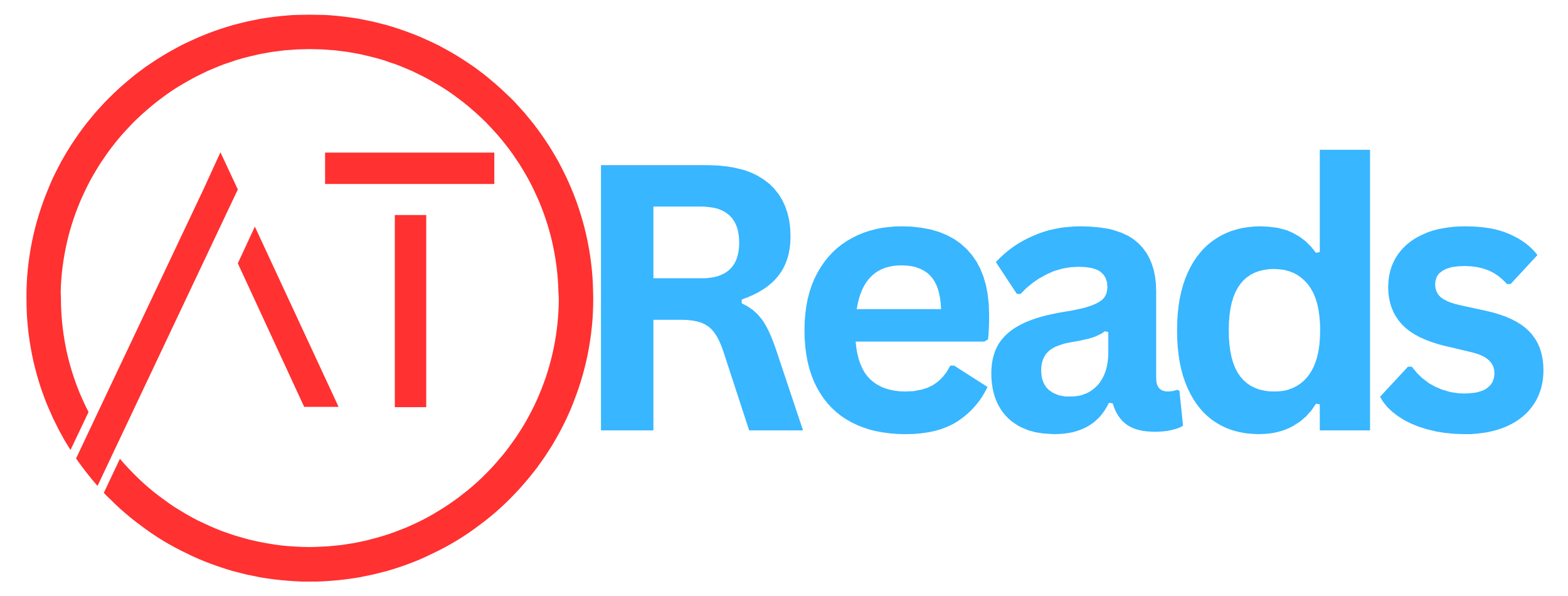Social Media Use in Education

Social media has evolved from a place for casual conversations and photo sharing into a dynamic tool for connection, communication, and learning.
In today’s world, its role in education is undeniable. It no longer sits on the sidelines as a potential distraction—instead, it is becoming a bridge between traditional teaching and the digital-first reality students face.
When used with care and purpose, social media opens doors to collaboration, creativity, and global access to knowledge.
One of its most transformative effects is the removal of physical and geographical boundaries in learning.
A student in a small village can now access the same resources, discussions, and expert insights as someone studying in a leading city university.
Platforms like YouTube and LinkedIn Learning deliver on-demand lessons, tutorials, and workshops that students can access anytime.
Teachers can livestream lectures to students who cannot attend in person, while class groups on platforms such as Facebook, WhatsApp, or Microsoft Teams allow for instant sharing of resources, assignments, and discussions.
This creates an environment where learning can happen anywhere, at any time.
Interactive engagement is another strength of social media in education.
Instead of simply absorbing information, students can take part in discussions, ask questions in real-time, and collaborate on group projects without being in the same physical space.
Social platforms also provide opportunities to connect with real-world professionals, industry experts, and thought leaders.
A single comment on a researcher’s Twitter thread or a question posed in a LinkedIn forum can lead to valuable conversations and open new career pathways.
Among the emerging educational platforms harnessing the power of social media is ATReads, a dedicated space for authors, educators, and learners to share ideas, publish their work, and engage with a like-minded community.
Unlike traditional social networks, ATReads focuses on meaningful, knowledge-driven content. Students can follow authors and educators, join book discussions, access curated reading lists, and even publish their own reviews or reflections.
Teachers can use ATReads to recommend reading materials, host online literary events, or collaborate on interdisciplinary projects that encourage deeper engagement with learning materials.
For schools and universities, it offers a safe and focused environment that blends the social energy of networking with the intellectual depth of a library.
Creativity also flourishes when educators use social media effectively.
A history teacher can share virtual museum tours via Instagram Live, a science teacher can post behind-the-scenes lab experiments on YouTube, and a literature teacher can run reading challenges on ATReads, encouraging students to write reflections and exchange feedback.
These approaches not only make lessons more engaging but also connect students’ learning experiences to the platforms and media they already enjoy using in their daily lives.
Of course, integrating social media into education brings challenges. Distractions are a constant risk on platforms designed for entertainment, and misinformation remains a major concern. Students need guidance on fact-checking, evaluating sources, and practicing digital citizenship.
Privacy and security are also vital, requiring clear policies that protect users’ personal information while encouraging safe and respectful interactions.
Despite these challenges, the advantages are compelling. Social media prepares students for the digital landscape of the modern workforce, where online collaboration, information literacy, and communication skills are essential.
It encourages independent research, fosters lifelong learning, and gives students a voice in a wider conversation.
Platforms like ATReads show how social media can be adapted into an educational tool that values focus, authenticity, and intellectual growth.
In many ways, social media is reshaping the concept of the classroom. Education is no longer a one-way transfer of knowledge—it is an ongoing, interactive process where students and educators learn from each other and from the wider world.
The classroom walls have dissolved into a global network of ideas, resources, and people. With the right approach, social media becomes not a distraction, but a powerful partner in the journey of learning—transforming every post, comment, and shared article into an opportunity to grow.
- Book Reviews & Literary Discussions
- Writing
- Reading List
- Arts and Entertainment
- Personal Development
- Storytelling
- Startup
- Books
- Biography
- Dance
- Drinks
- Entertainment & Pop Culture
- Health & Fitness
- Education & Learning
- Food & Cooking
- Jocuri
- Gardening
- Self-Care & Mental Health
- Home Decor & DIY
- Literature
- Music
- Networking
- Alte
- Party
- Philosophy and Religion
- Loc
- Shopping
- Relationships & Dating
- Sports
- Theater
- lifestyles & hobbies/shutterbugs
- Lifelong Learning
- Tutorial
- Announcement
- Inspirational Stories & Motivation


